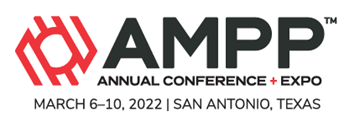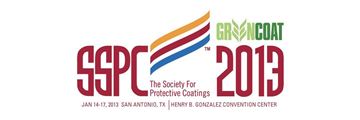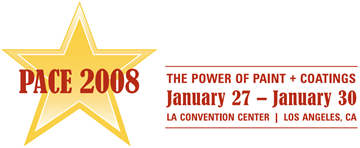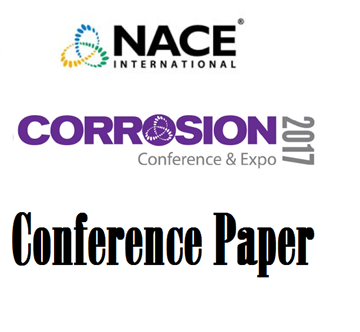Search
Individual Conference Papers
View as
Sort by
Display
per page
The Effects Of Different Blast Abrasives On The Performance Of Liquid-Applied Epoxy Pipeline Coatings
Product Number:
51322-17806-SG
Publication Date:
2022
$20.00
The Effects of H2S and Cl- on Hydrogen Permeation in High Strength Low Alloy Carbon Steels
Product Number:
51321-16329-SG
Publication Date:
2021
$20.00
The Effects Of Particle Size On Solid Particle Erosion Of Elbows In Low Liquid And Annular Multiphase Flows
Product Number:
51321-16631-SG
Publication Date:
2021
$20.00
The Effects Of Soil Physicochemical Properties, Soil Moisture Content, And Bacteria On Corrosion Behavior Of Buried Pipeline Grade Carbon Steel
Product Number:
51321-16916-SG
Publication Date:
2021
$20.00
The Emergence of Contact Based Nondestructive Testing (NDT) at Height Utilizing Aerial Robotic (Drone) System
Product Number:
51220-240-SG
Publication Date:
2020
$20.00
The Evaluation and Use of OAP Coatings for KYTC Bridge Maintenance Painting
Product Number:
41213-806-SG
Publication Date:
2013
$20.00
The Evaluation Of Corrosion Behavior Of Austenitic Stainless Steels And Ni-Based Alloys In Molten Salts Under Isothermal And Thermal Cycling For Condition Concentrated Solar Power Plants
Product Number:
51322-17529-SG
Publication Date:
2022
$20.00
The Evolution of Waterborn Acrylic Protective Coatings
Product Number:
51220-274-SG
Publication Date:
2020
$20.00
The Evolution & Benefits of Ultra-High Solids Coatings
Product Number:
41208-453-SG
Publication Date:
2008
$20.00
The Evolution of AC Predictive and Mitigation Software
Product Number:
51317--8912-SG
ISBN:
8912 2017 CP
Publication Date:
2017
$20.00
The Evolution of Coatings and Linings in Wastewater Applications
Product Number:
41205-200-SG
Publication Date:
2005
$20.00
The Evolution of Thermoplastics as a Solution to MIC and Oxidative Corrosion Issues
Product Number:
51324-20978-SG
Publication Date:
2024
$40.00












